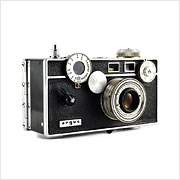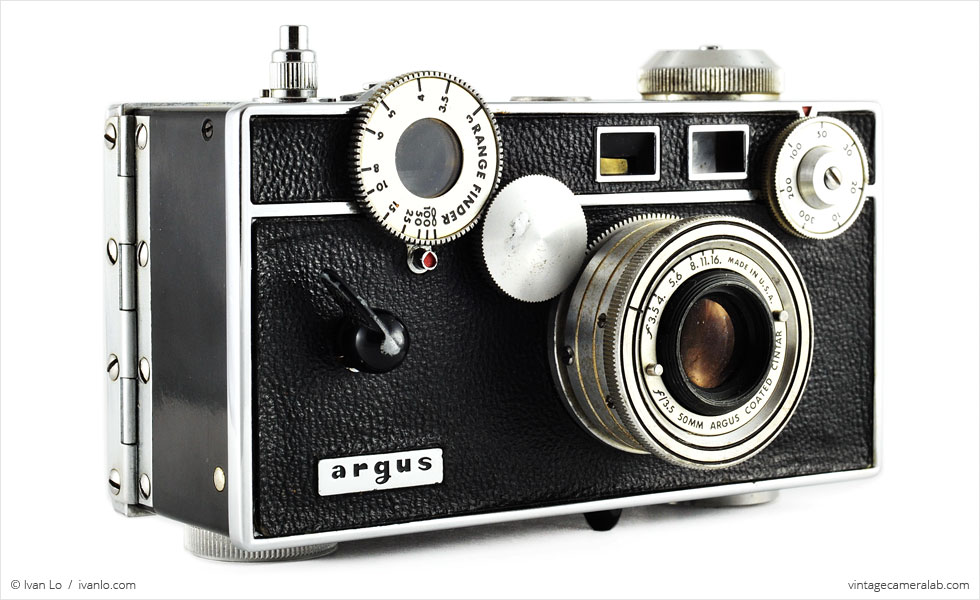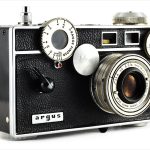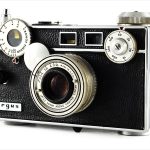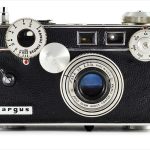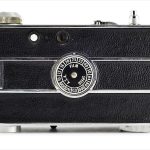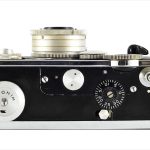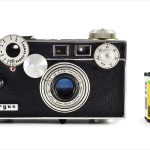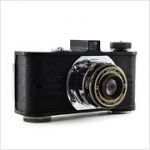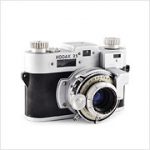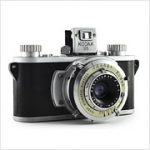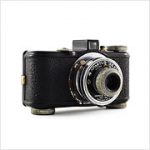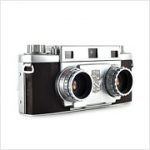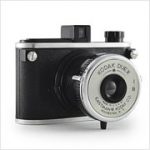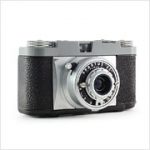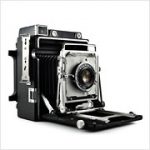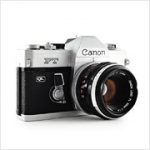Argus C3 Specifications
| Manufacturer: | Argus Inc. |
| Origin: | USA |
| Made in: | Ann Arbor, MI, USA |
| Introduced: | 1939 |
| Type: | Rangefinder |
| Lens Mount: | Argus Screw Mount |
| Format: | 135 Film |
| Dimensions: | 13 x 8.5 x 5.5 cm (body only) |
| 13 x 8.5 x 7 cm (with lens) |
Argus C3 Overview
Quite simply, the Argus C3 is one of the best-selling 35mm cameras in history. Aptly nicknamed “The Brick” for its size, shape, and weight, the C3 was wildly popular for much of its 27 year production run due to its simplicity, rugged dependability, and relatively low price. The C3 is the third C-series camera from Argus and the three of them are very similar. Argus’s original C features an uncoupled lens while the C2 and C3 are identical apart from the newer model having two holes on the side for the bespoke external flash unit.
As one might expect, absolutely everything on the C3 is completely manual. As is consistent with many rangefinders of the period, there are two separate windows on the back of this camera, the one on the left is used solely for composition while the one on the right is for determining focus. Once your eye is on the rangefinder window, focus is controlled either by rotating the lens barrel or by rotating the gear marked “range finder” on the front of the camera. Aperture is set by rotating a ring on the front of the lens while shutter speeds can be selected by the dial next to the viewfinder window. Once the shutter button on the top is depressed, you can advance to the next frame by toggling the film catch (the hexagonal button on the top by the frame counter dial) while using the “WIND” knob on the left. Once completed, you simply reset the shutter via the black lever above the the Argus badge on the front and you’re ready for your next shot. Curiously, the C3 uses interchangeable lenses and although there are a small number of different ones available, it’s also so users can pop their lens on an enlarger when it’s time to print.
The C3 is one of the most common vintage cameras currently on the American market with literally thousands available at used camera shops, flea markets and auction websites. I remember prices being so low at one point that you could hardly give them away but judging from recent eBay auctions, the C3’s value seems to be on the rise. This particular Brick—which left the factory in Michigan sometime between 1950 and 1954 as indicated by its particular combination of subtle changes—belonged to my brother Dan for nearly a decade before he graciously gave it to me.
Find your very own Argus C3 on eBay.
McKeown, James M. and Joan C. McKeown’s Price Guide to Antique and Classic Cameras, 2001-2002. (Grantsburg, WI, USA: Centennial Photo Service, 2001), p 64-65.
